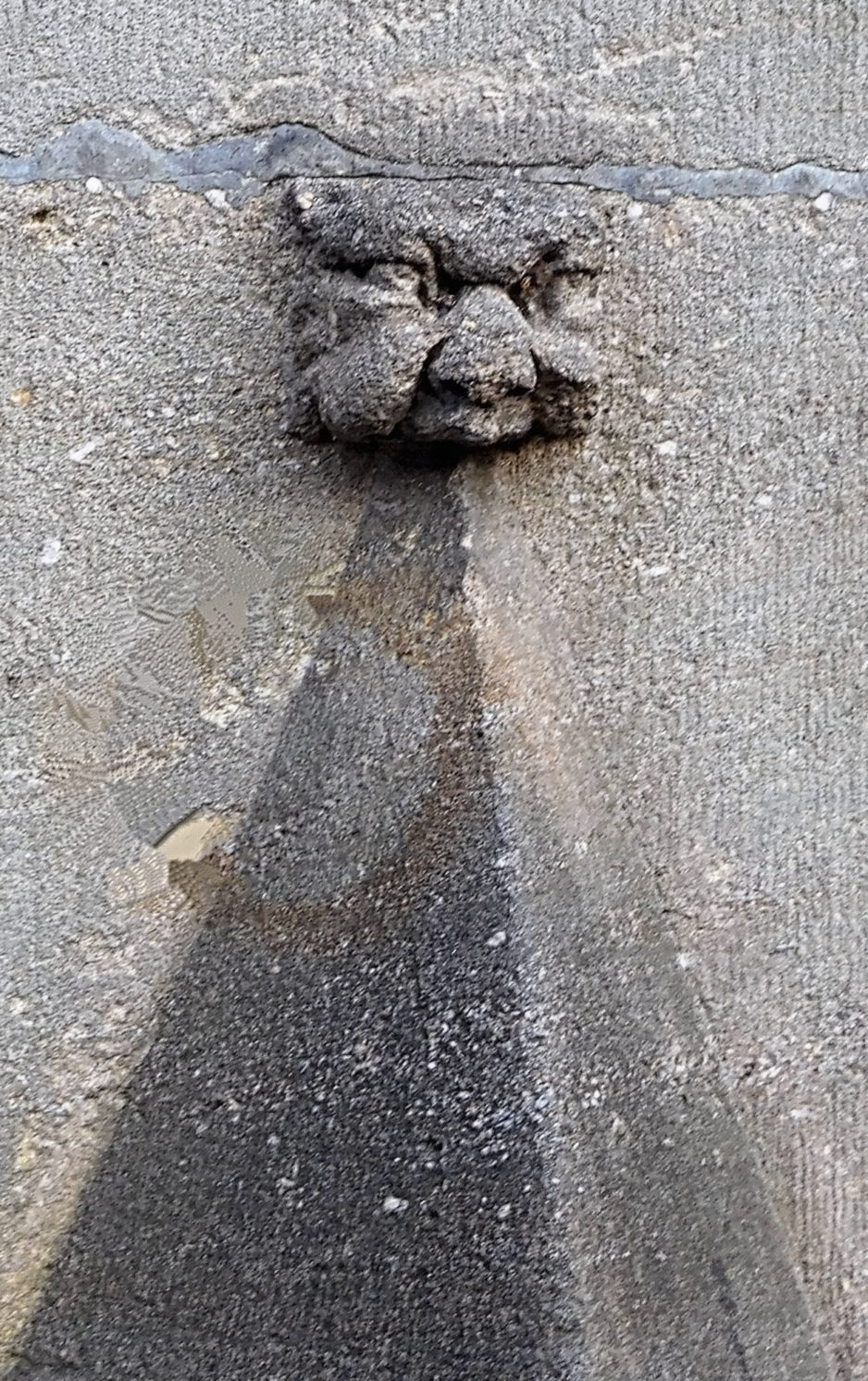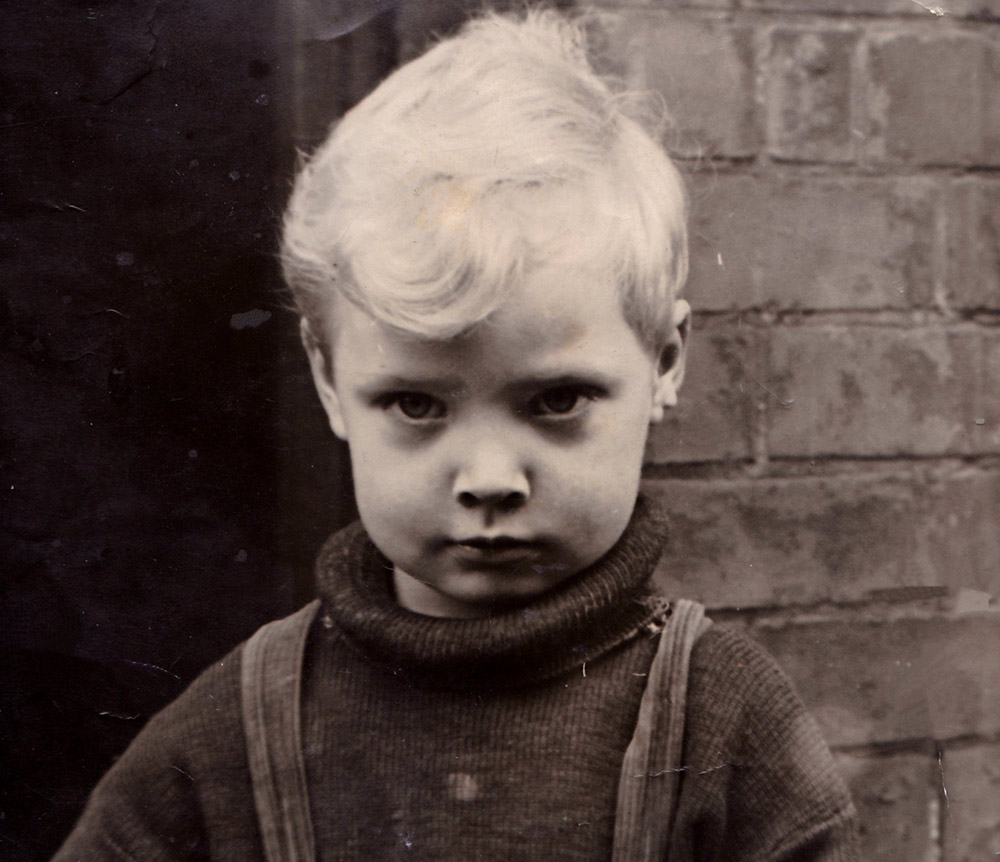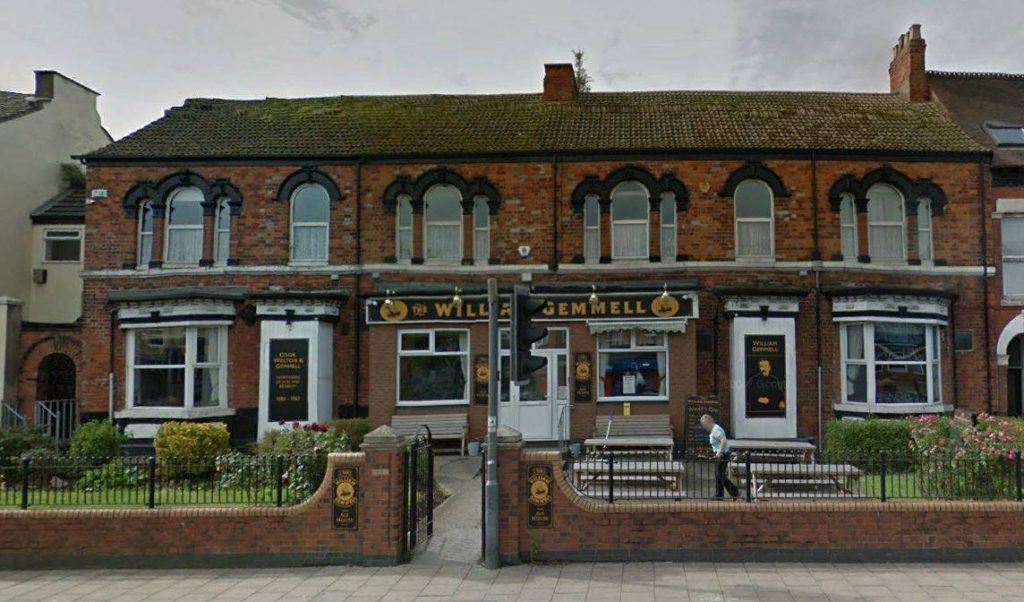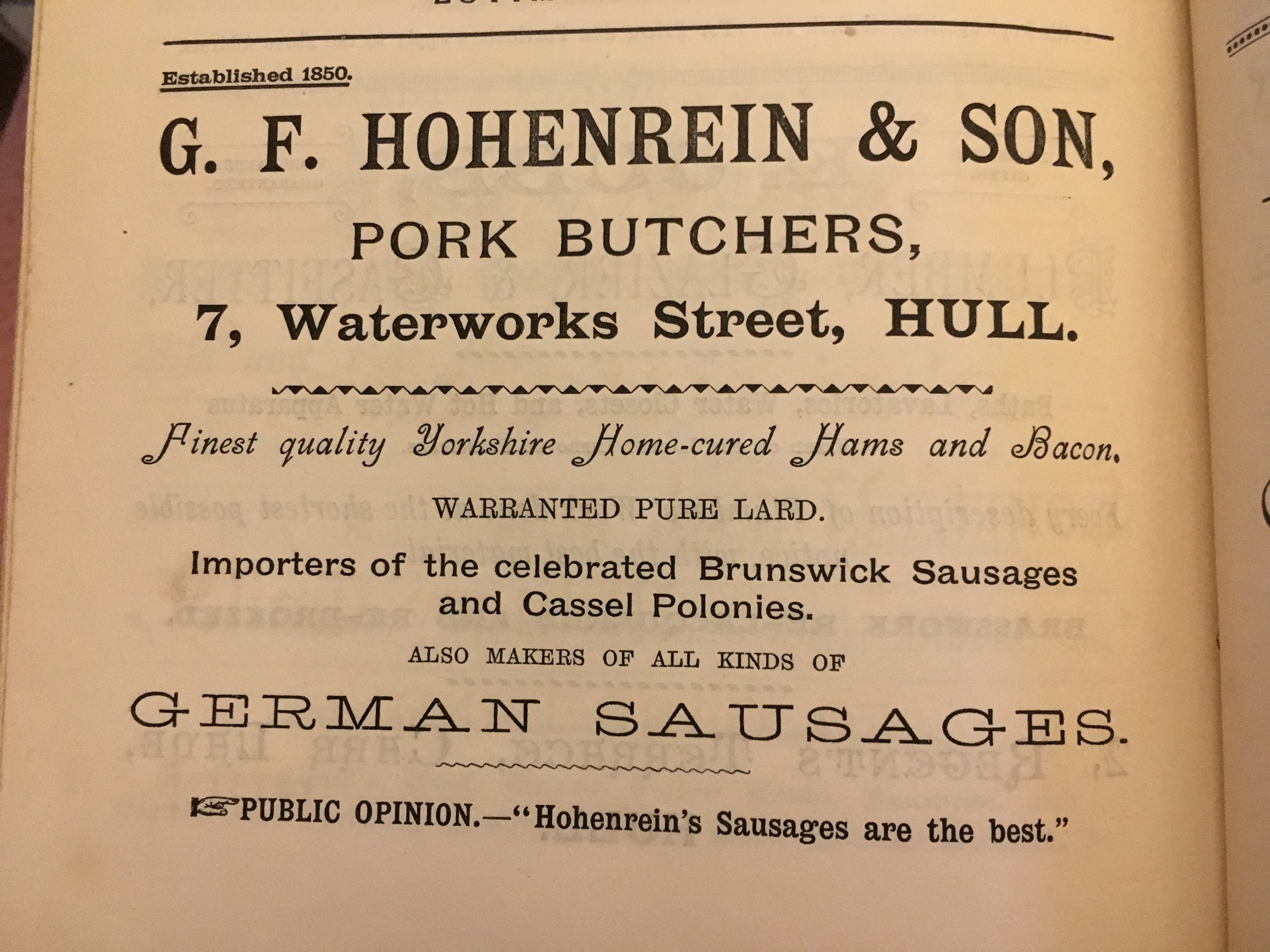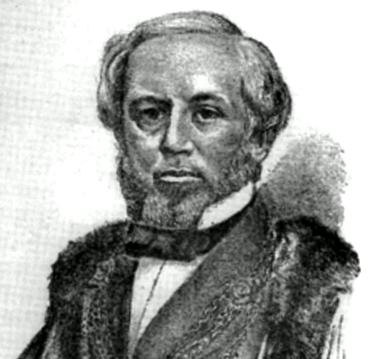
Seed crushing industry
Family life
He married Jane Simpson in 1842 and they had 6 children. One of them was Emma Hodge, who married Joseph Robson. Emma became a very active member of the Primitive Methodist church. Henry’s family originally lived in East Parade on Holderness Rd between Williamson St and Field St. They also lived and worked at Blaydes House at 6 High St for a time.

Henry’s business continued to expand. He erected the huge Alexandria Mill in High St, in 1884. He also purchased the adjoining Phoenix Mill. This was followed three years later by the Globe Mill on Church St, which was part of what is now Wincolmlee.
Pioneer
Henry was a pioneer in the seed crushing industry. Prior to 1861, the only seeds imported into Hull for oil and cake were linseed, rapeseed and nigerseed. Henry began to experiment with Egyptian cottonseed. He found that it made an ideal oil for use in the manufacture of soap, paint, culinary purposes and also for cattle feed. It soon became one of the major seed imports into the city.

He subsequently purchased Bell’s Mill near Morrill St, where he had previously worked.

In addition to being a mill owner he was also a very active member of the Primitive Methodist Church in Hull. He was also a benefactor of many good causes, and subscribed to the erection of several churches. This included the Holderness Rd chapel near Bright Street, and the Henry Hodge Memorial Chapel in Williamson Street.
Henry, his wives Jane & Emma, daughter Emma, son Edwin and son in law Joseph Robson are all buried in the ‘Prim Corner’ of The Hull General Cemetery. His brother William Hodge, and his family, also have a large monument in the cemetery.


Bill Longbone has had a long relationship with the Hull General Cemetery. He is an active member of the FOHGC and manages the work of the volunteers on the site. His biographical sketches of some of the people buried in the cemetery are one of the highpoints of the success of the Facebook site.


